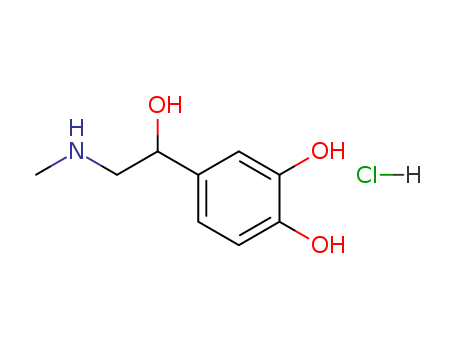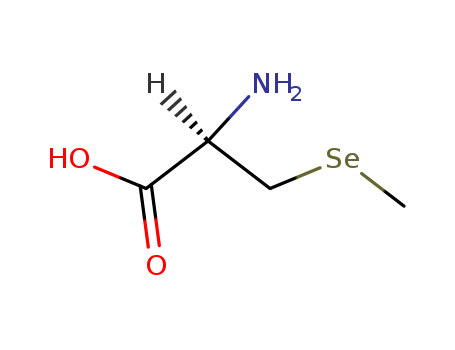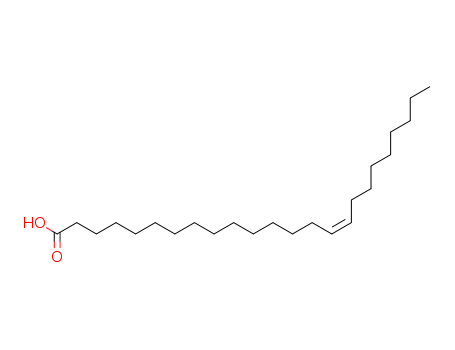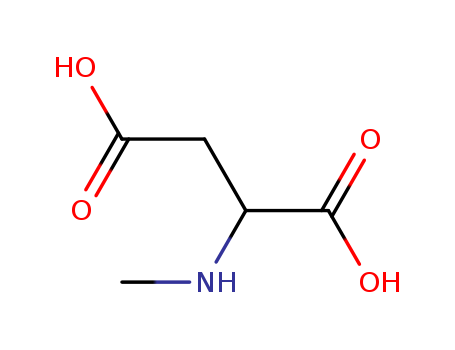
17833-53-3
- Product Name:N-Methyl-DL-Aspartic Acid
- Molecular Formula:C5H9NO4
- Purity:99%
- Molecular Weight:147.131
Product Details
Purity:99%
Manufacturer Supply Best Quality N-Methyl-DL-Aspartic Acid 17833-53-3 with Efficient Transportation
- Molecular Formula:C5H9NO4
- Molecular Weight:147.131
- Vapor Pressure:0.0042mmHg at 25°C
- Refractive Index:1.494
- Boiling Point:258.2 °C at 760 mmHg
- Flash Point:110 °C
- PSA:86.63000
- Density:1.343 g/cm3
- LogP:-0.47540
N-Methyl-DL-Aspartic Acid(Cas 17833-53-3) Usage
N-Methyl-D-Aspartic acid (NMDA) is a water-soluble amino acid derivative that acts as a neurotransmitter and neuroendocrine regulator in animals. It's a D-alpha-amino acid and a secondary amino compound that has an N-methyl substituent and D-configuration. NMDA (N-methyl-D-aspartic acid) is a widely known agonist for a class of glutamate receptors, the NMDA type. Synthetic NMDA elicits very strong activity for the induction of hypothalamic factors and hypophyseal hormones in mammals.
InChI:InChI=1/C5H9NO4/c1-6-3(5(9)10)2-4(7)8/h3,6H,2H2,1H3,(H,7,8)(H,9,10)
17833-53-3 Relevant articles
N-Methyl-D-aspartic Acid (NMDA) in the nervous system of the amphioxus Branchiostoma lanceolatum
Salvatore D'Aniello,corresponding author1 George H Fisher,2 Enza Topo,3 Gabriele Ferrandino,3 Jordi Garcia-Fernàndez,#1 and Antimo D'Aniello#3
, BMC Neurosci. 2007; 8: 109.
Given the simplicity of the amphioxus nervous and endocrine systems compared to mammalian, the discovery of NMDA in this protochordate is important to gain insights into the role of endogenous NMDA in the nervous and endocrine systems of metazoans and particularly in the chordate lineage.
The Role of d-Aspartic Acid and N-Methyl-d-Aspartic Acid in the Regulation of Prolactin Release
Gemma D’Aniello, Achille Tolino, Antimo D’Aniello, Francesco Errico, George H. Fisher, M. Maddalena Di Fiore
, Endocrinology, Volume 141, Issue 10, October 2000, Pages 3862–3870
In this study, using an enzymatic HPLC method in combination with d-aspartate oxidase, we show that N-methyl-d-aspartate (NMDA) is present at nanomolar levels in rat nervous system and endocrine glands as a natural compound, and it is biosynthesized in vivo and in vitro. d-aspartate (d-Asp) is its natural precursor and also occurs as an endogenous compound.
17833-53-3 Process route
-
-
C5H7NO4

-
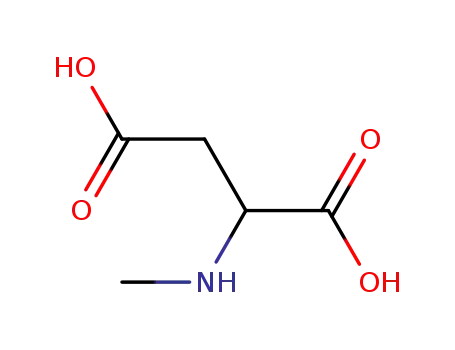
- 17833-53-3
N-methyl-DL-aspartic acid
| Conditions | Yield |
|---|---|
|
With hydrogen; palladium 10% on activated carbon; In water; for 24h;
|
99.2% |
-

-
monomethyl-amino-ethanol

-

- 624-48-6
dimethyl cis-but-2-ene-1,4-dioate

-

- 17833-53-3
N-methyl-DL-aspartic acid
| Conditions | Yield |
|---|---|
|
With thionyl chloride; In toluene;
|
|
|
With thionyl chloride; In toluene;
|
17833-53-3 Upstream products
-
923-06-8
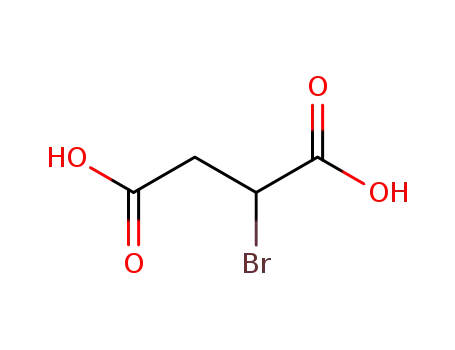
bromosuccinic acid
-
74-89-5

methylamine
-
144300-47-0

N-methylaspartic acid dimethyl ester
-
108-31-6

maleic anhydride
17833-53-3 Downstream products
-
6384-92-5

N-methyl-D-aspartate
Relevant Products
-
Epinephrine Hydrochloride
CAS:329-63-5
-
L-Se-methylselenocysteine
CAS:26046-90-2
-
Nervonic Acid
CAS:506-37-6

